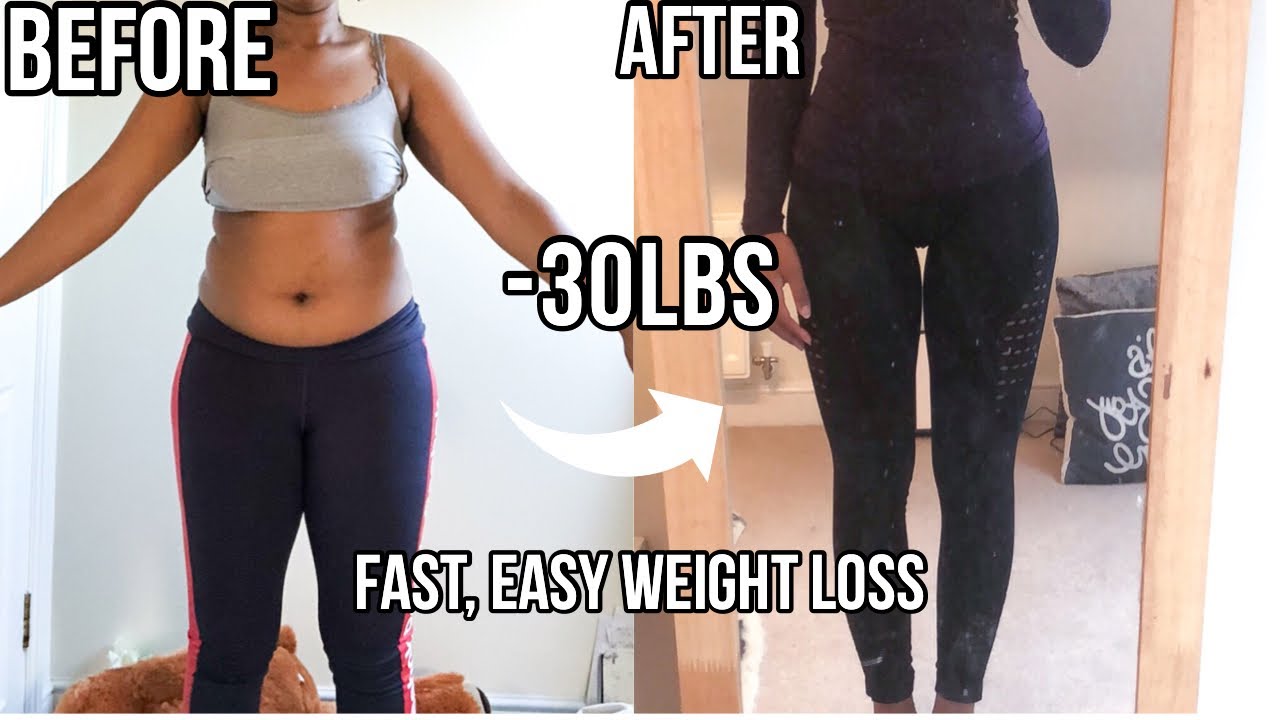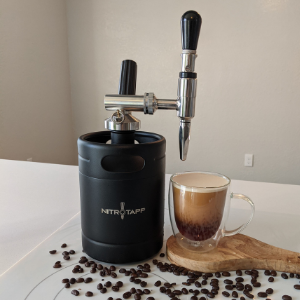
You have two options: High-intensity and moderate-intensity cardio. The types of exercises you can do to lose weight while doing a cardio workout are important. We will be discussing the benefits of each and a few other forms of cardio in this article. Walking, for example, is a great cardio exercise option. Walking offers many benefits over other cardio exercises, and you can get exercise at the same time.
High-intensity cardio
You can lose weight by engaging in high-intensity cardio. This allows you to burn more calories as well as fat per unit time. For instance, moderate intensity exercise will help you burn around 100 calories per min, while high intensity training will help you burn around 200 calories. It is important to note that different techniques work best for different people. A variety of exercises can improve different body types. It is therefore a good idea to try different types and styles of exercise.
High-intensity cardio is beneficial for weight loss and building stamina. Higher intensity means more calories will be burned and you can reach your calorie deficit. You will be able to strengthen your heart health and lungs. You can maximize your results by including cardio exercises into your day. You should mix high-intensity exercise with low-intensity cardio to achieve the best results.

Cardio of low intensity
Low-intensity cardio is great for weight loss. Low-impact workouts are less taxing on joints and can be more beneficial for people who have weak or injured joints. Walking, biking, and swimming are some of the most common low-intensity activities. Although there isn't a clear link between high- and low-intensity cardio exercises, all types of low-impact exercise are good for weight loss.
A study looked at the effects on low-intensity cardio when performed on an empty stomach as compared to fasting. Participants either fasted over night, did low intensity cardio on an empty stomach, and/or consumed meal replacement shakes before starting the workout. The subjects also adhered to a caloric deficit diet. Both groups experienced similar weight losses. The study concluded that both groups lost the same amount of weight, thereby proving the effectiveness of low-intensity cardio for weight loss.
Cardio of moderate intensity
If you are serious about losing weight, you've probably heard that high-intensity cardio is the way to go. What exactly is moderately-intensity cardiovascular? Medium-intensity cardio can be done at a lower intensity than high-intensity cardio. This is because it is not performed at speeds exceeding 80% of your maximum heart beat. Your body will burn more calories in this type of workout than it does with carbs.
The type of exercise that burns fat depends on your capabilities, fitness level, and personal preferences. While it's more challenging, high-intensity cardio may be easier and help you lose weight sooner. Low-intensity cardio may be a better option for you if you have trouble burning fat using moderate-intensity cardio. High-intensity workouts are more beneficial for your joints than moderate-intensity. If you are able to do these workouts for an entire hour, your body will begin to burn more carbs than fat.

Walking
Walking is a great form of cardio to lose weight. Walking does not cause muscle gain, which can be important for anyone trying to lose weight. You can also walk for hours without needing to rest, which means you don't have to lose weight. What's the best part? It's free! These are some tips that will help you get the most out of your walking sessions. These tips will help you lose weight fast and safely. The key is to find a regular schedule and stick to it.
First, you need to test your cardiovascular endurance. Cardiovascular endurance is essential for weight loss and is directly related to your fitness level. The more calories you burn, the faster your heart rate. Your maximum heart rate can be calculated by subtracting your age from 220, and multiplying that number by 0. For example: A 30-year-old with a maximal heart rate of 190 beats/minute would walk at 60 percent intensity at 114 beats/minute.
FAQ
Is intermittent fasting affecting my sleep quality?
Yes, intermittent fasting can have an impact on your sleep. Your hunger hormones can rise if you skip meals. You might wake up every night as a result.
Experts advise skipping breakfast. Experts recommend having a light snack before going to bed.
If you're still hungry after this snack you can have a small meal right before going to sleep.
Overeating is not a good idea. You'll gain weight, not lose it.
Why lose weight when you are 40 years old?
People over 40 should take care of their health and keep fit. It is essential to find ways to stay fit throughout one's life. This means regular exercise, healthy eating habits, not smoking, moderate alcohol intake, and regular exercise.
It is also important for us to realize that our bodies will change with age. Our bones get weaker and our muscles become smaller. By taking care of our bodies, we can slow the aging process.
Being healthy and active as we age has many benefits. These benefits include:
-
Better sleep
-
Improved moods
-
Increased energy
-
Lower risk of cancer
-
A longer life
-
More independence
-
Better sex
-
Memory that is better
-
Concentration is key
-
Improved circulation
-
Stronger immune system
-
Fewer aches and pains
What foods should I consume during an intermittent fast to lose weight
The best way to lose weight is to cut out carbs. This means eliminating carbohydrate-based foods such as pasta, bread, rice, potatoes, or other carbohydrate food.
You'll also want to avoid eating too much protein because it keeps you full longer. You won't feel as hungry.
Focus on foods rich in healthy fats like olive oil, avocado, nuts and seeds. These foods can keep you satisfied for hours after they are eaten.
It's vital that you get enough water. Water helps you to stay hydrated which makes it easier for you to lose weight.
These foods may be what you crave when you eat fast. This doesn't mean that you must give in to your cravings. If you do that, you may gain more weight then you lose.
To prevent overeating, try keeping an eye on how much you consume throughout the day. If you feel hungry, drink water and not reach for another snack.
Although it might seem counterintuitive, this is actually proven to be a great way to lose weight. One study published in Obesity showed that plain water was more nutritious than sugary drinks.
Plain water was also shown to reduce hunger. If you want to lose weight, avoid sweetened beverages and drink water.
You don't have to eat every calorie or avoid certain foods if you are trying to lose weight. Instead, focus on making small changes to your lifestyle.
You can swap your breakfast sandwich for an oatmeal bowl. Try swapping your afternoon cookie to a piece or fruit.
These simple swaps can add up over time to help you shed excess weight without spending hours in your kitchen.
What Amount Of Exercise Is Needed For Weight Loss?
There are many factors that impact the amount you exercise to lose weight. However, generally speaking, most people need at least 30 minutes of moderate physical activity five days per week.
The American College of Sports Medicine recommends that you do 150 minutes of moderate intensity aerobic activity per week. This should be spread over three days.
You can lose 10 pounds by doing 300 minutes of moderate-intensity exercises each week, for example. This includes activities like jogging or running, swimming laps and biking.
Start out with 20 minutes of vigorous physical activity three times weekly if you're just getting started. These activities could include sprints and lifting weights.
Aerobic exercise can also help you burn calories and increase muscle mass. Muscles can burn more calories that fat. Building muscle and losing weight could help you get there faster.
Statistics
- It's estimated that half of all American adults attempt to lose weight every year (1Trusted (healthline.com)
- A 12-week study in 20 women with obesity found that walking for 50–70 minutes 3 times per week reduced body fat and waist circumference by an average of 1.5% and 1.1 inches (2.8 cm), respectively (healthline.com)
- Another study found that 24 weeks of weight training led to a 9% increase in metabolic rate among men, which equated to burning approximately 140 more calories per day. (healthline.com)
- According to Harvard Health, it's estimated that a 155-pound (70-kg) person burns roughly 112 calories per 30 minutes of weight training (5). (healthline.com)
External Links
How To
How to lose weight fast without exercise
To lose weight quickly, eat fewer calories that you burn. This will encourage your body's ability to use fat stores as energy. Your body will reduce the amount of calories you eat and begin to use that energy to make muscle tissue, leading to some muscle reduction. Although you can lose weight even if you aren't working out, it's likely that you'll lose more muscle mass.
You can lose weight quickly without having to work out by reducing your calorie intake. While many people believe they need to cut back on their food intake, it is not the truth. If you are looking to lose weight, it is important to consume fewer calories per day than you burn. So what should you be eating each day? It all depends on what activity you do daily. A person who walks 3 miles a day would need only 2,500 calories per day. One who sits at the desk all day would require 1,600 calories daily. An individual who exercises, like lifting weights, would consume around 2,000 calories each day.
So when you're trying to lose excess pounds, you want to try cutting back on your caloric intake. Many people believe they should eat less food to feel better. However, this is false. Your body doesn't care whether you're hungry or not; it just wants to function properly. Tracking your calorie intake is key to losing weight. There are many apps available online that allow you to monitor your calorie intake. These apps include MyFitnessPal and Calorie Counter.